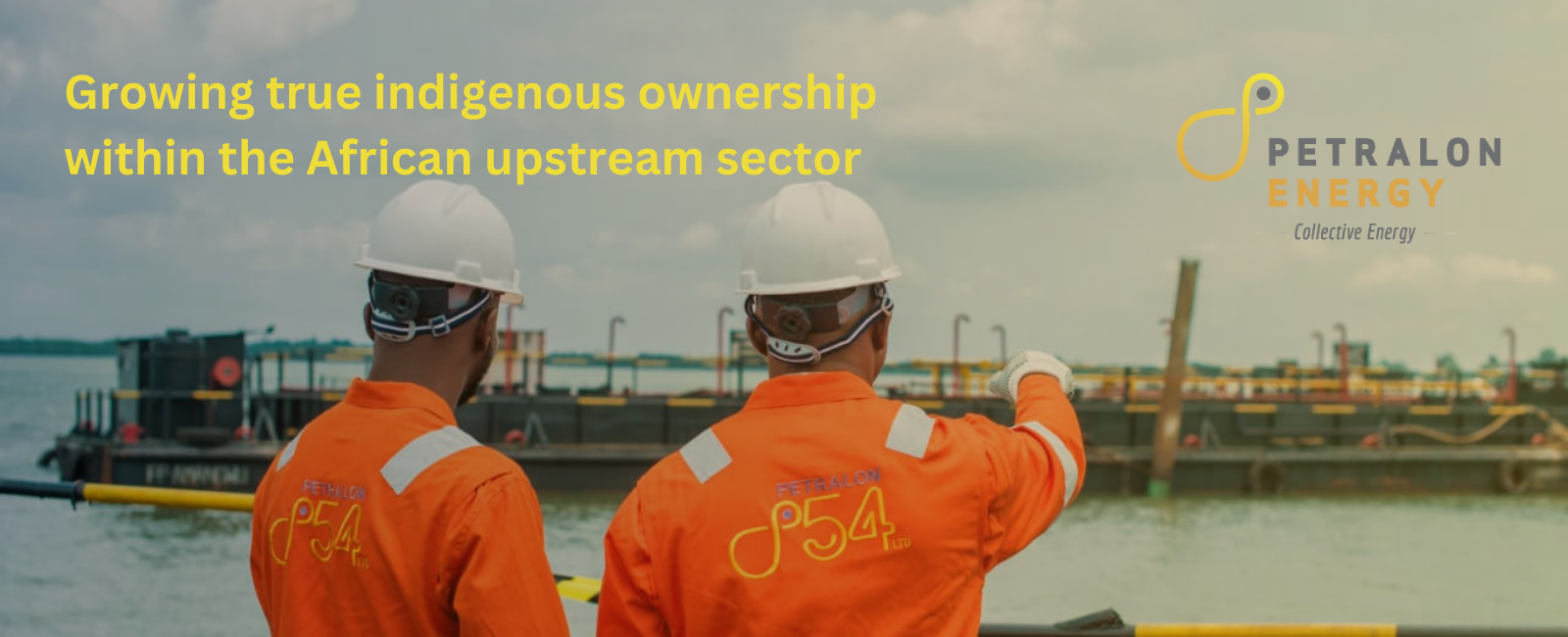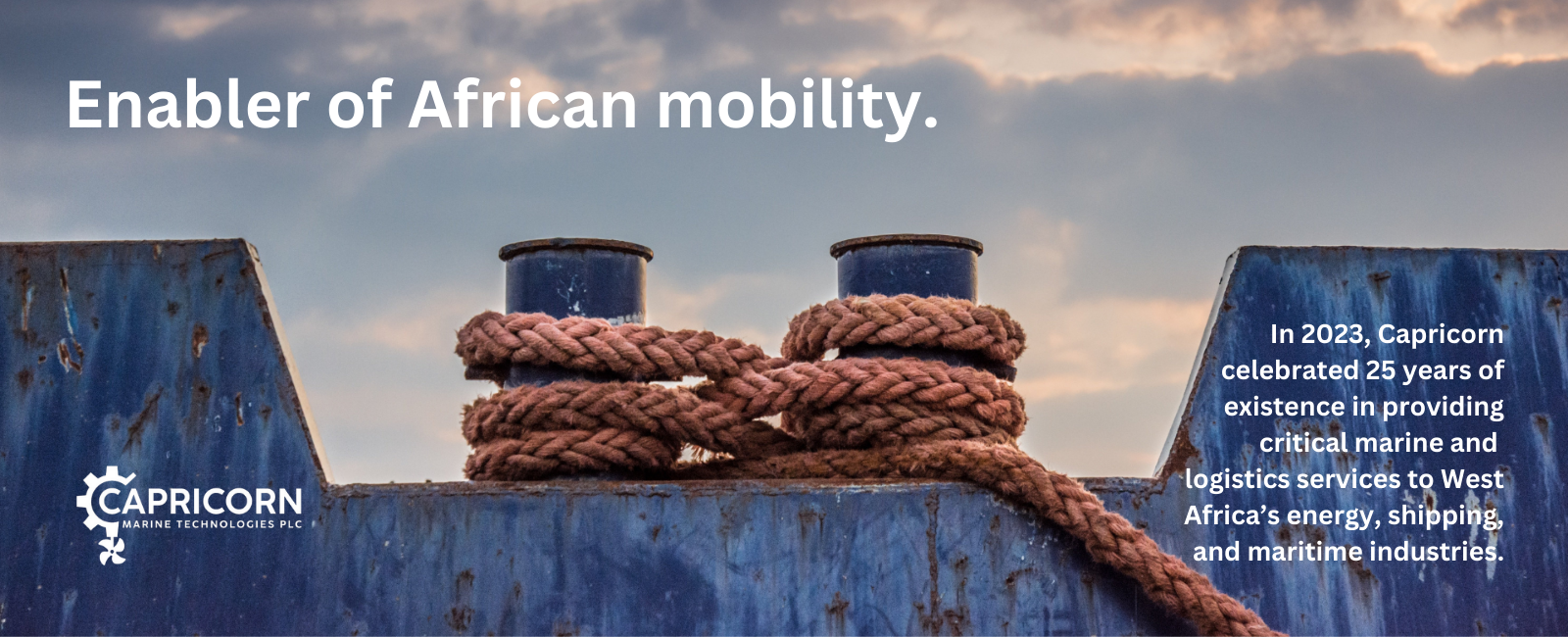
NIGERIA UPSTREAM PROGRAMME
Towards the next cycle of Nigerian content development
Nigeria’s economy is fairly diversified, with the oil sector accounting for less than 10% of economic output. Agriculture, particularly crop production, remains the pillar of economic activity and has traditionally contributed a fourth of Nigeria’s GDP, followed by trade (15%).
However, filling up state coffers is heavily reliant on oil & gas revenues. Depending on oil prices and oil production levels, the Nigerian government collects 50 to 60% of its yearly revenue from the country’s oil sector. Similarly, oil & gas exports account for a whooping 90% of total export revenues, including 80% from oil and 10% from liquefied natural gas (LNG).
Nigeria’s oil and gas industry experienced historic crises throughout 2022 as the sector struggled with severe crude thefts and pipeline vandalism constraining output by as much as half a million barrels every day. However, resumption of operations at onshore export terminals towards the end of 2022 have turned the outlook positive for 2023. Nigeria’s oil sector is now showing signs of recovery as production levels go back up, aided by persistent security measures to fight crude theft and new alternative crude evacuation terminals put in place by onshore producers. The country is currently pumping over 1.5m barrels of oil and condensate, with a view of maximizing its 2.2m barrels per day of capacity in the short-term.
To support investment and recovery, Nigeria is betting on its Petroleum Industry Act (PIA) – a new legislation adopted in mid-2021 that led to a complete overhaul of its regulatory framework and commercialized the state-owned NNPC ahead of its IPO.

Lorem ipsum dolor sit amet, consectetur adipiscing elit, sed do eiusmod tempor incididunt ut labore et dolore magna aliqua.

Oritsemeyiwa Eyesan
Executive Vice President, Upstream
NNPC Ltd
Since 2010, Nigeria has adopted a Content Development Act that established the country as a leader in the development of domestic capacity across the African oil & gas sector.
Under the oversight of the Nigerian Content Development & Monitoring Board (NCDMB), the country’s hydrocarbons industry has reached a local content level of 54% – a figure it wants to grow to 70% by 2027. According to the NCDMB, the sector currently comprises of 107 operating companies and 10,407 service companies that support 289,788 jobs.
To keep growing the level of local content in the industry, the NCDMB is rolling out the Nigerian Oil and Gas Parks Scheme (NOGAPS) to open industrial parks dedicated to oil & gas services and fabrication in the Niger Delta. The Emeyal-1 and Odukpani Oil & Gas Parks are expected to be the first to start operations in 2024.
Nigeria also houses one of the highest numbers of indigenous operators and producers in the world and Nigerian-owned businesses currently represent some 25% of the country’s output. As international oil companies (IOCs) continue to divest from their onshore assets, the share of local production controlled by Nigerian companies is set to grow. Oando recently signed a deal to acquire Eni’s 20% interest in the NAOC joint-venture that operates three gas-rich onshore blocks, while Seplat Energy is working to get greenlight on a deal to acquire ExxonMobil’s shallow water business that include four blocks producing some 95,000 barrels of oil equivalent per day (boepd).
The development of marginal fields has also supported the emergence of strong local businesses able to develop discoveries deemed too small by the majors. In 2022, Nigeria concluded its last marginal fields bidding round that saw some 50 fields handed over to the private sector for development.
The Industry Calls For
- 1the development of a strong governance framework to implement the PIA’s objectives
and intent, - 2the development of a strong governance framework to implement the PIA’s objectives
and intent, - 3the development of value creating midstream and downstream industries by addressing
residual commercial concerns and hurdles, - 4the establishment of an independent and unique regulator to increase the
competitiveness of the sector, and - 5the conclusion of all ongoing divestment transactions from IOCs to avoid asset integrity
issues and increase production.
To boost production and produce over 2m barrels per day, Nigeria must unlock significant investments across onshore, shallow water and deep-water assets. While local independents will increasingly oversee brownfield investments onshore and in shallow water, IOCs are expected to invest billions in deep-water projects where they have a pipeline of subsea tie-back and greenfield development opportunities.
Strong indications have also been given by NNPC executives that much-delayed projects are coming back on the table. NNPC Upstream Investment Management Services (NUIMS) notably revealed that it is expecting between $18-20bn of investments between 2023-2025 thanks to key subsea tie-back projects such as Bonga North (Shell), Preowei (TotalEnergies), Owowo (ExxonMobil) and brownfield projects such as Agbami Gas (Chevron). In 2023, Nigeria also re- opened discussions on the greenfield development of the giant Zabazaba field on OPL 245 following years of legal actions – developing the discovery could produce some 150,000 bopd. Early indicators are pointing to a renewed momentum from IOCs on deep-water investments. Both Shell and ExxonMobil issued in 2023 tender documents to mobilise deep-water mobile offshore drilling units in the country.
The growth of Nigeria’s oil reserves has stagnated since 2007 on the back of policy uncertainty and lower oil prices between 2016 and 2020, which have impacted exploration spending. The country's proven oil reserves currently stand at 37.046 billion barrels, according to recent OPEC and NUPRC data. The Nigerian government now aims at growing reserves to 50 bn barrels by 2030, an ambitious target that would require substantial investment into exploration over the coming years. The NNPC has notably embarked on exploration programmes in several onshore frontier basins outside of the Niger Delta, including the Anambra, Chad, and Sokoto Basins. To support such frontier exploration, the PIA provides for a Frontier Exploration Fund consisting of 10% of rents on petroleum prospecting licences and petroleum mining leases. The law also provides that 30% of the profits of the NNPC be allocated to the financing of exploration in frontier basins in places like Anambra, Dahomey, Bida, Chad and the Benue Trough. Exploration activity is currently growing and has already yielded positive results. Seplat Energy completed the drilling of its high-impact, near-field onshore Sibiri prospect (previously known as Amobe) on OML 40 at the start of 2022. The well was successful and encountered eight oil bearing reservoirs with 353 ft. of gross hydrocarbon pay. More recently, TotalEnergies announced the shallow water Ntokon oil and gas discovery on OML 102 offshore Nigeria – the Ntokon-1AX discovery well encountered 38m of net oil pay and 15m of net gas pay, while its side-track Ntokon-1G1 encountered 73m of net oil pay, in well-developed and excellent quality reservoirs.
IN THE NEWS
How rising oil production may boost FG revenue target
1 March 2023 – Punch Nigeria
Nigeria: Top 10 upstream projects to watch in 2023
9 January 2023 – EnergyConnects
Outlook for Nigeria’s upstream Oil & Gas sector positive for 2023: Hawilti report
19 January 2023 – ETEnergyWorld
EVENTS
Hawilti participates and supports the following events:
As OPEC reopens the taps, African giants losing race to pump more
27 September 2021 – Reuters
Nigeria International Energy Summit
26 February – 1 March 2024, State House & ICC, Abuja, Nigeria
30 June – 4 July 2024, ICC, Abuja, Nigeria



